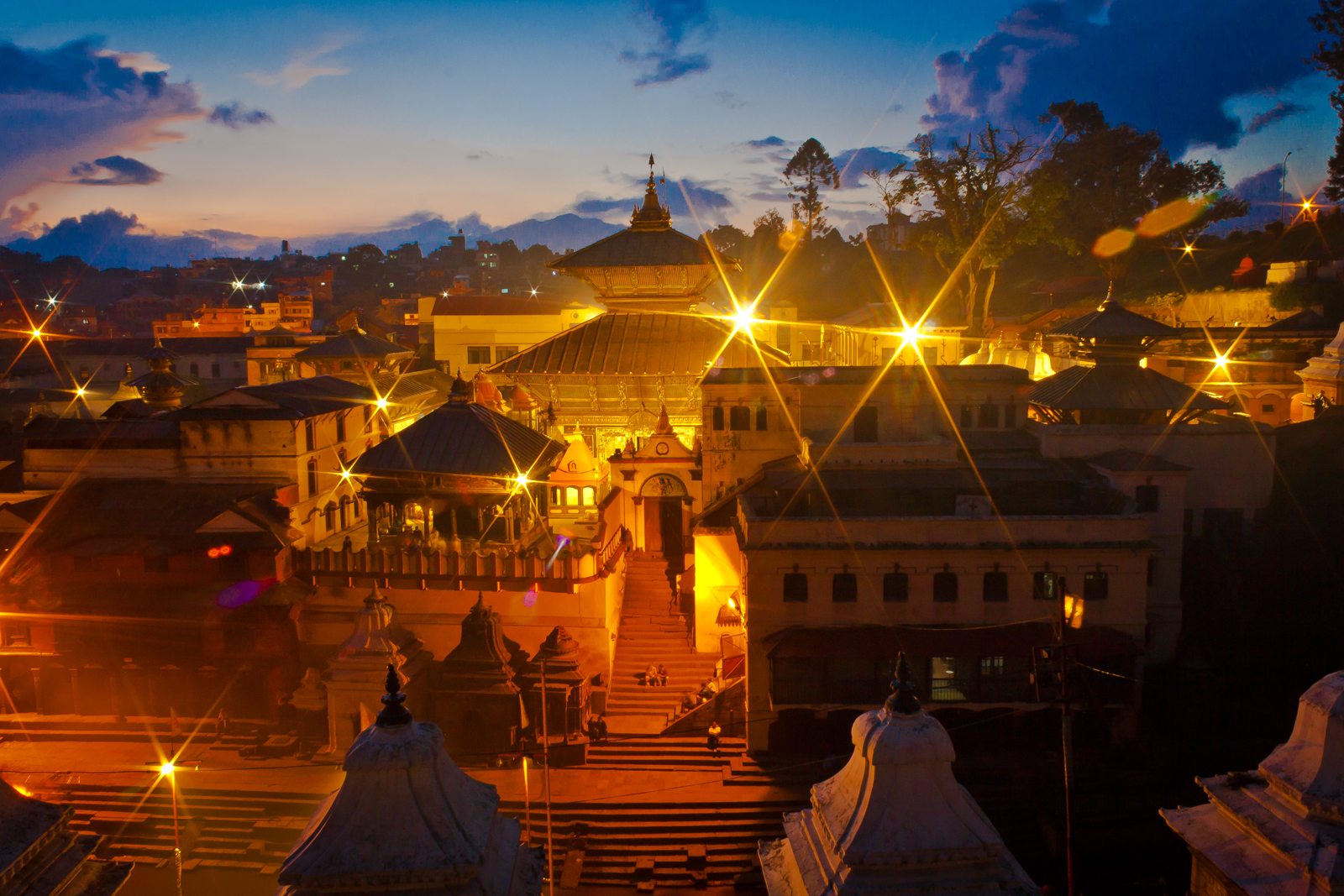Pashupatinath Temple
Pashupatinath Temple is one of the seven UNESCO Cultural Heritage Sites of the Kathmandu Valley. It is one of the world-famous and the most sacred Hindu temples located on the banks of the Bagmati River, approximately 5 km north-east of Kathmandu. The earliest evidence of the temple’s existence dates back to 400 A.D.
The current main temple of Pashupatinath complex was built in the end of the 17th century to replace the previous one, which was destroyed by termites. It is believed that the Jyotirlinga housed in the Pashupatinath temple is the head of the body which is made up of the twelve Jyotirlinga in India. Hinduism Nepalese and Indians pay a visit to this temple. In the Pashupatinath complex, you find a hive of temples, monuments dominated by its devotion to God Shiva (in his Rejuvenating form) and the last resting place for many, a prelude to death and perhaps the optimism of reincarnation.
Sadhus (bearded men) with ash, colored foreheads and simple robes-ascetics who have relinquished everything-walk around the temples, some posing for photographs and money. Around the labyrinth of temples and shrines, there are closed buildings: places where the sick and elderly wait, many are brought to the river within minutes of death, nowadays the river is little more than a wide stream.

